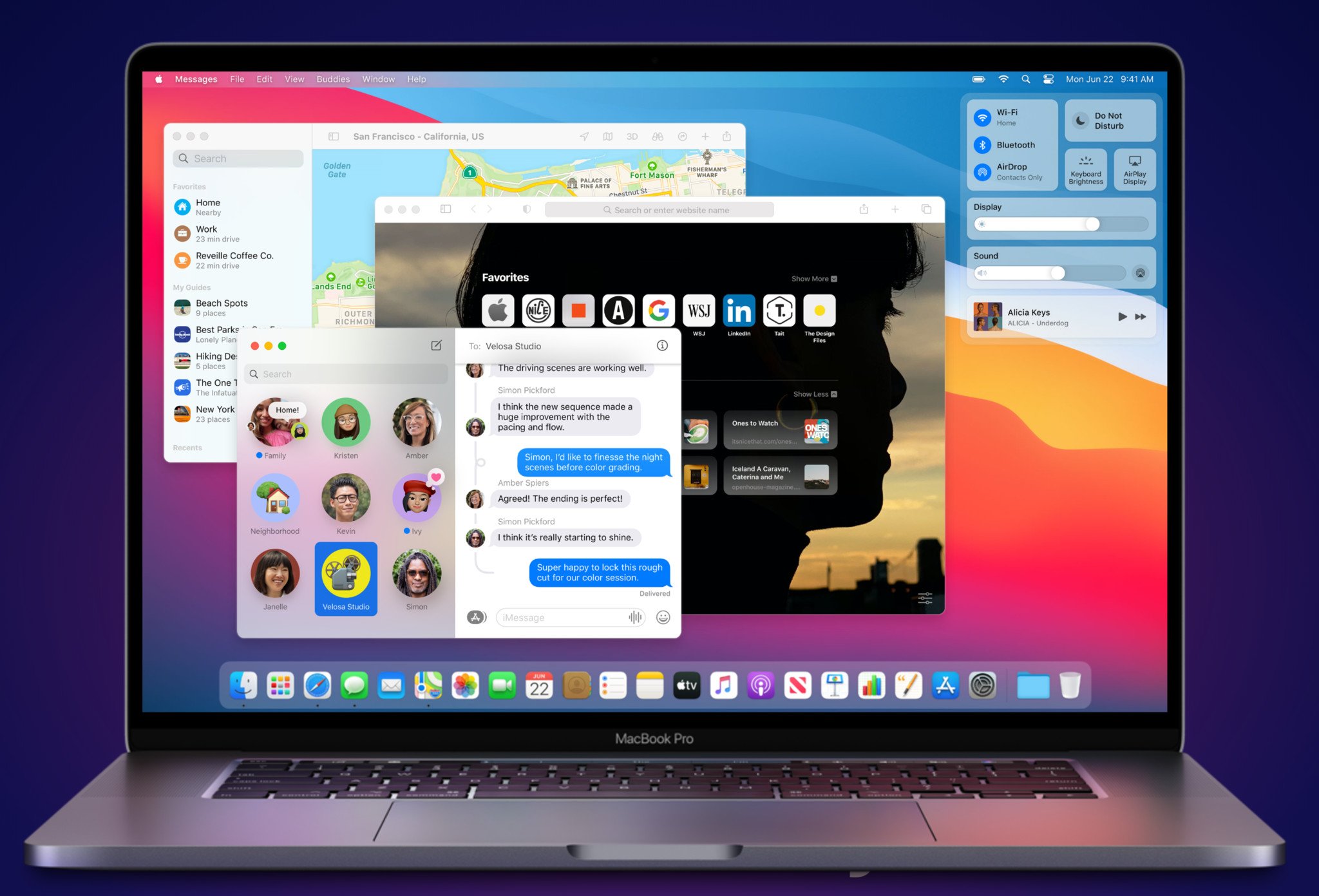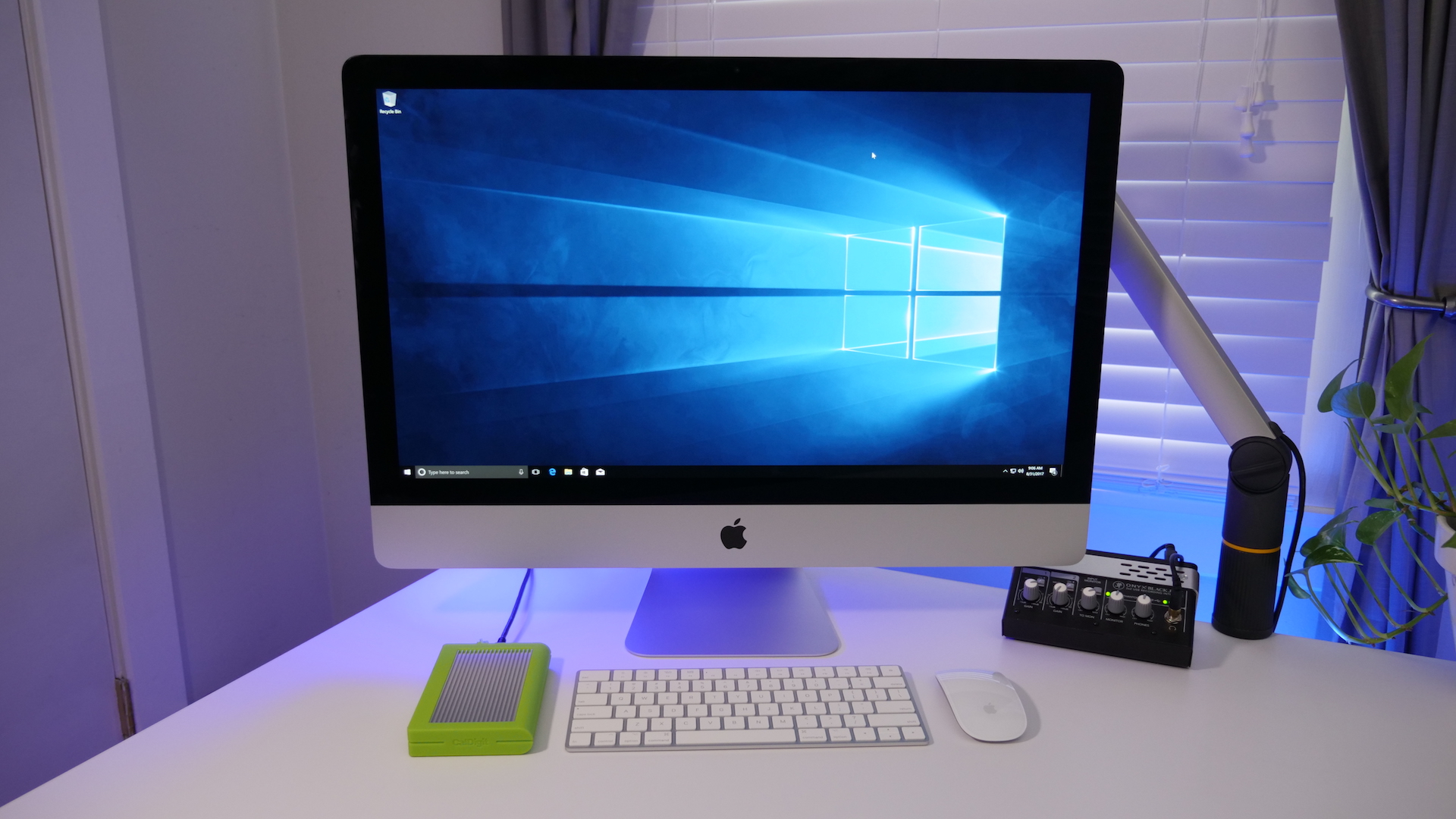
- #Partitioning mac for windows 10 mac os x
- #Partitioning mac for windows 10 install
- #Partitioning mac for windows 10 update
FAT32 is normally used on USB sticks and other removable drives because it’s so widely supported. There is a neutral type of file system that both operating systems support - FAT32.
#Partitioning mac for windows 10 mac os x
Windows doesn’t normally like HFS+, and Mac OS X doesn’t want to write to NTFS. Create a Shared FAT32 Partition Access Mac Os Drive From Windows Bootcamp Windows 10
#Partitioning mac for windows 10 install
After you install it, you’ll be able to access your Windows partition - and any external drives formatted with NTFS - in full read/write mode from Mac OS X. Try the free and open-source NTFS-FREE if you don’t want to spend any money on this feature. There are quite a few solutions for writing to NTFS file systems on a Mac, many of which are paid applications. Unfortunately, Mac OS X can only read this partition out of the box, not write to it. Your Windows partition appears under Devices as BOOTCAMP on Mac OS X. Write to Windows NTFS Partitions From OS X HFSExplorer is a free tool for accessing Mac partitions from within Windows, but it’s read-only so it won’t help you here. These applications do have free trials, so you can test them before paying. You’ll be able to write to your Mac partition from Windows Explorer or any other application you use. Both of these are paid applications, but they install a proper read/write file system driver in Windows. To get around this limitation, you’ll need a third-party tool like Paragon HFS+ for Windows or Mediafour’s MacDrive. You can’t copy files to your Mac partition, edit files on it, or delete files from within Windows. There’s a big limitation here, though - the driver is read-only. This partition shows up as “Macintosh HD” under Computer on your Windows system. 4) Check the option No GUI boot and click OK.Īpple’s Boot Camp driver package automatically installs an HFS+ driver for Windows, which allows Windows to see your Mac partition. 3) Once accessed the System Configuration Utility click on the Boot tab. 2) Insert msconfig once inside the Run GUI. If you have access to Windows only I'd suggest you to try these steps: 1) Access the run command via Win + R (I don't know how Bootcamp actually remaps Win key, alternatively just open start menu and type run). If you want to start up using the default operating system now, click Restart. Select the startup disk that has the default operating system you want to use. If a User Account Control dialog appears, click Yes. In Windows on your Mac, click in the right side of the taskbar, click the Boot Camp icon, then choose Boot Camp Control Panel.
#Partitioning mac for windows 10 update
Solution: Basically you need to update to Boot Camp 6.1 or later. The most recent Boot Camp version is currently available only for iMacPro1,1. Cause: The Boot Camp utility is not able to read APFS drive/partitions. Problem: Boot Camp Control panel on Windows 10 doesn’t display macOS drive/partition which you could select to boot into.

Third-party applications can enable write support for these partitions, while you can also share files in other ways. Thankfully, there are ways around these file-system limitations.


Both Windows and Mac OS X can see each other’s files, but they can’t write to the other operating system’s partition.


 0 kommentar(er)
0 kommentar(er)
